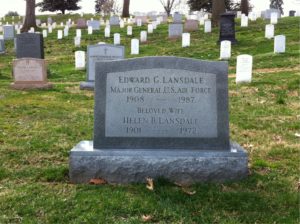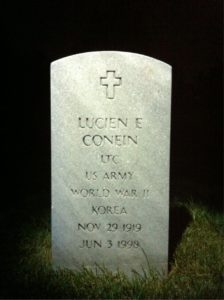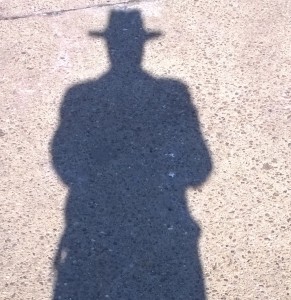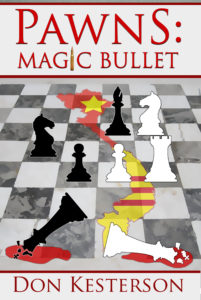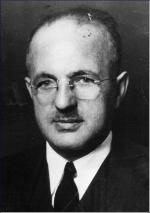A few days ago, there was a notice in the “Today in History” for June 13, back in 1927, New York City threw a ticker-tape parade for Charles Lindbergh. Lindbergh was a larger-than-life individual of the twentieth century. Famous for being the first person to make a non-stop solo flight across the Atlantic Ocean, lifting off from Roosevelt Field near New York City on May 20, 1927, landing the next day, thirty-three and one half hours later, at Le Bourget Field near Paris. He was given the nicknames “Lucky Lindy” and the “Lone Eagle.” He even named his plane, which he helped design, the Spirit of St. Louis. His flight earned him $25,000 from a New York hotelier, who in 1919 offered the award to anyone who could complete the flight. Many tried and died.
His trans-Atlantic flight gained him notoriety around the world. President Coolidge awarded him the Distinguished Flying Cross and Congressional Medal of Honor. Afterwards, he spent three months traveling around the country, visiting forty-eight states and ninety-two cities, and delivered 147 speeches. At many of his stops, awards were given—as well as parades—in his honor.
Lindbergh’s flying career began as a stunt pilot at fairs. He enlisted in the U.S. Army teaching flying to enlisted men, after which he carried airmail from St. Louis to Chicago. Besides being an aeronautical engineer, he was also an inventor of note. He is given credit for developing an artificial heart while working with a French surgeon during the early 1930s.
In 1929, Lindbergh married, Anne Spencer Morrow, a daughter of a U.S. diplomat, who became famous in her own right for her writings, including poetry.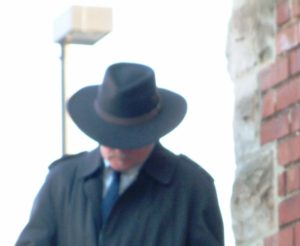
On March 1, 1932, tragedy struck when the Lindberghs’ twenty-month-old son, Charles Augustus Lindbergh, Jr., was kidnapped from their New Jersey home. The little boy’s dead body was discovered ten weeks later. After a two-year investigation, the police arrested Richard “Bruno” Hauptmann, who had worked as a carpenter on the Lindberghs’ home. The ensuing trial was sensationalized by the U.S. press corps, and it became known as “The Trial of the Century.” The Lindberghs were so traumatized by the constant attention, they moved to Europe to escape the intrusion into their private lives.
While they lived in Europe, the Lindberghs drew close to the Nazi Party, more particularly, Hermann Goering, one of Hitler’s top officials. The Nazi Party even gave him a medal of honor. Lindbergh was impressed with the advanced aircraft of the Nazi Luftwaffe. Naturally, when the citizens in the U.S. found out about this, both he and his wife fell out of favor. It would be later learned that Anne Morrow Lindbergh had become anti-Semite.
As the war in Europe erupted, the Lindberghs moved back to the States. He joined and led the America First Committee, a strong anti-war movement that caused President Franklin Roosevelt considerable problems getting the public behind his desire to engage in the European War. Lindbergh believed the United States could not defeat the far-advanced Germans if they became engaged in the war. In his rally speeches at, he stated that the British, the Jewish people, and pro-Roosevelt groups were attempting to lead the United States into this unnecessary war. This forced Roosevelt to denounce both Lindbergh and the America First Committee. Lindbergh then resigned his position in the Army Air Corps. Many Americans wanted Lindbergh to give back his medals, but he refused.
After the Japanese attacked Pearl Harbor on December 7, 1941, Lindbergh changed his mind and tried to reenlist, but his request was refused. His desire to serve was so strong, he took a position as a technical adviser and test pilot for the Ford Motor Company and United Aircraft Corporation. While serving in this capacity, he developed cruise control for planes, improving performance. In 1944, Lindbergh ended up flying fifty combat missions in the Pacific War, despite still being an adviser. 
After World War II, Lindbergh and his family went into seclusion. President Dwight Eisenhower recognized Lindbergh’s talents and restored his commission in the Air Force in 1954, appointing him as a brigadier general. He also remained a consultant to various private airliner companies, including assisting in the design of Boeing’s 747 jet.
Later in life, Lindbergh took up a new campaign—the conservation movement. While his passion was much wider, he canvassed for the protection of humpback and blue whales. Then, surprisingly, he claimed opposition to the development of supersonic jets, fearing they would destroy the earth’s atmosphere.
Lindbergh’s last days were spent on Maui in the Hawaiian Island chain. He died of cancer on August 26, 1974, and was buried there.
What part of Lindbergh’s story is new to you? Were you aware of his various political and social passions?

